In pictures: V&A explores revolutionary Tropical Modernism architectural movement

Architecture has long been intertwined with the historical narratives of colonialism, where European powers imposed their styles and ideologies upon colonised regions, often disregarding local cultures and climates.
This dominance led to the perpetuation of architectural forms that were unsuitable for tropical environments, leading to issues such as poor ventilation, excessive heat gain, and structural instability.
However, in the mid-19th century emerged a counter-movement known as Tropical Modernism, which sought to reconcile modern architectural principles with indigenous traditions and tropical realities.
Led by pioneering figures like Le Corbusier, Geoffrey Bawa, Charles Correa, and British architects Jane Drew and Maxwell Fry, the movement began adapting a Modernist aesthetic that valued function over ornament to the hot, humid conditions of the region.
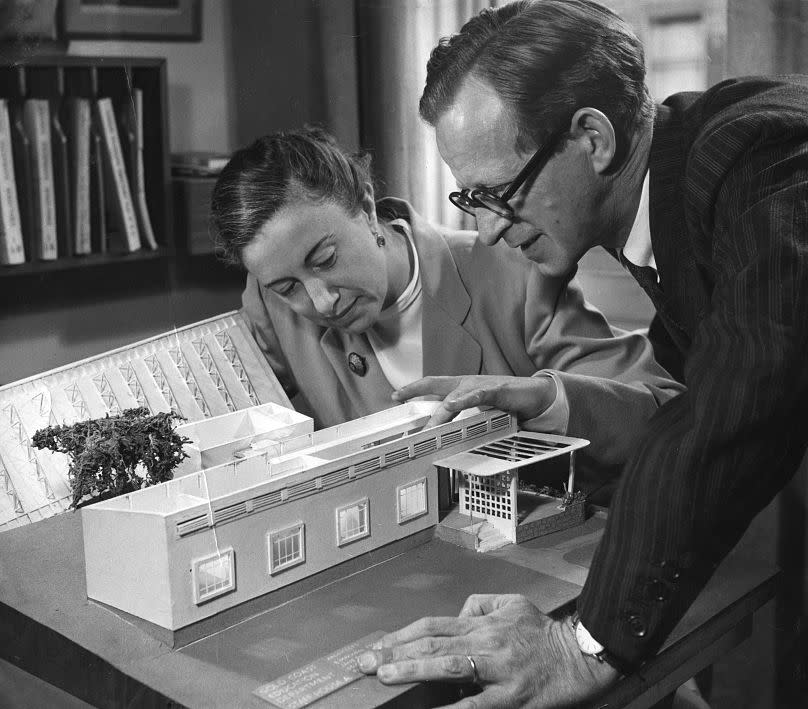
Through a diverse collection of artefacts including models, drawings, letters, photographs, and archival materials, a new major exhibition at the V&A in London celebrates these practitioners and the alternative Modernisms they created.
“The story of Tropical Modernism is one of colonialism and decolonisation, politics and power, defiance and independence; it is not just about the past, but also about the present and the future," says Christopher Turner, the V&A's Keeper of Art, Architecture, Photography & Design, and curator of the exhibition.
Here's a collection of stunning images on display at the exhibition which illustrate the revolutionary architectural movement:
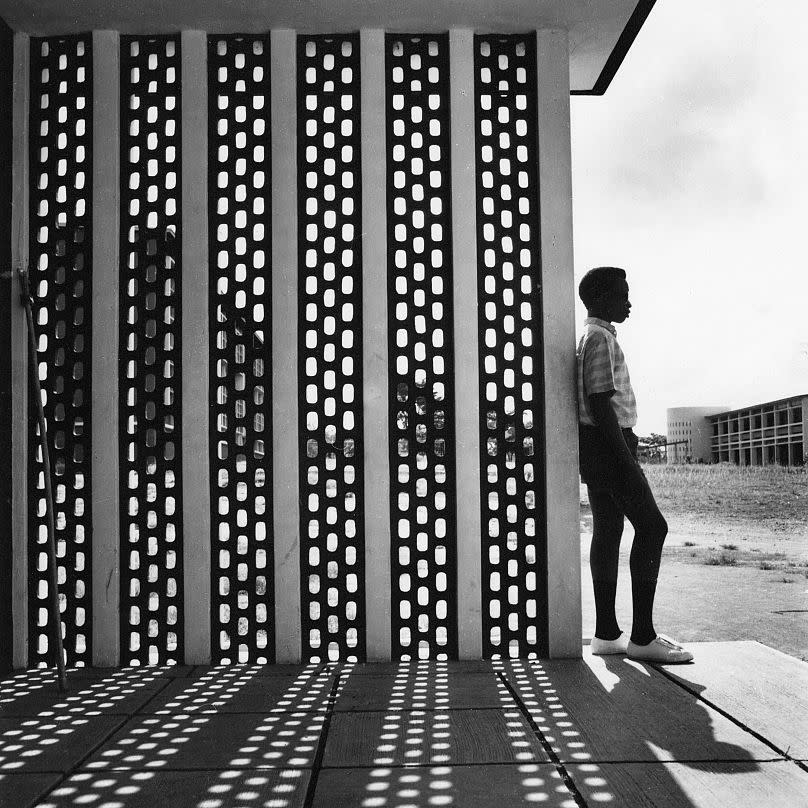
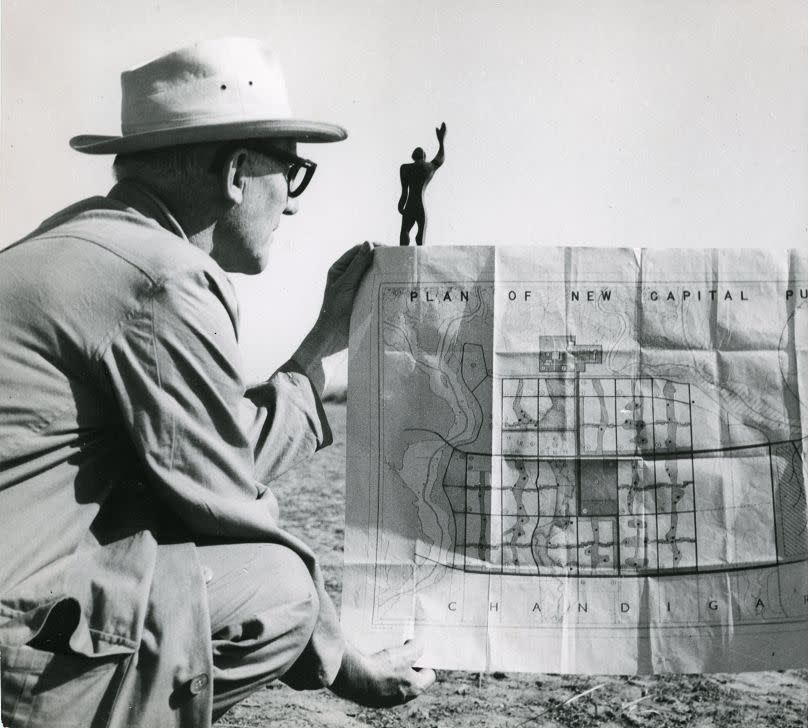
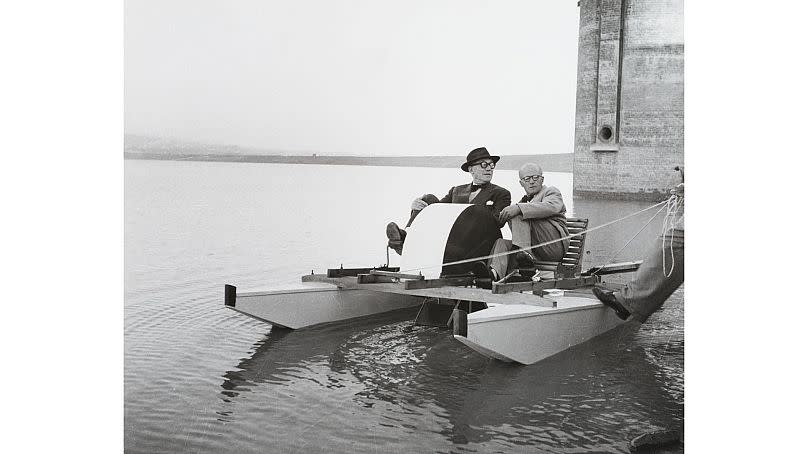
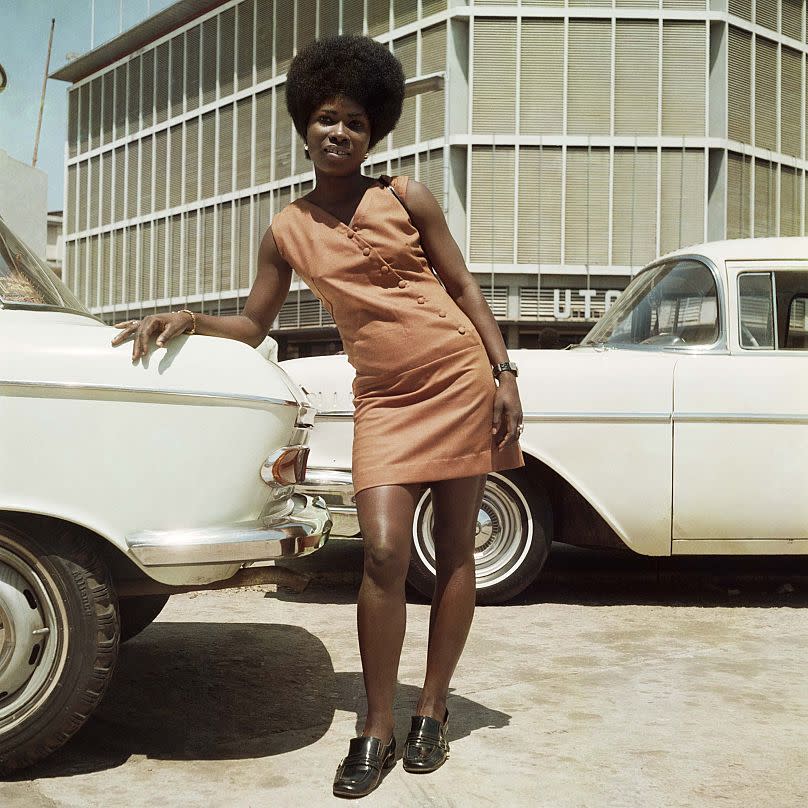
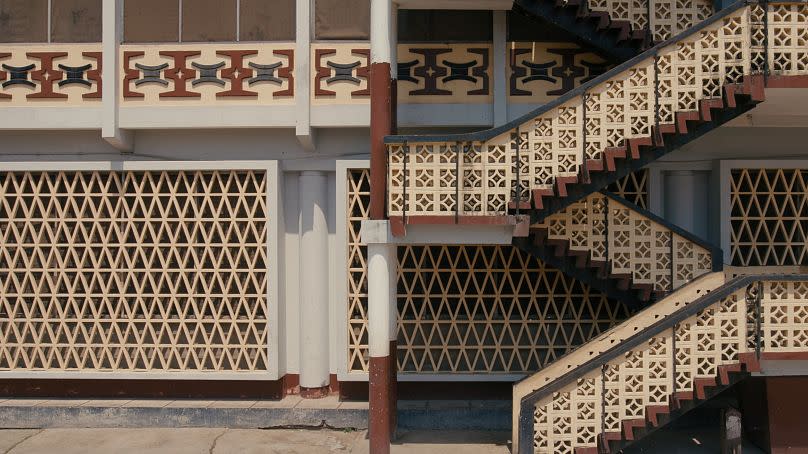
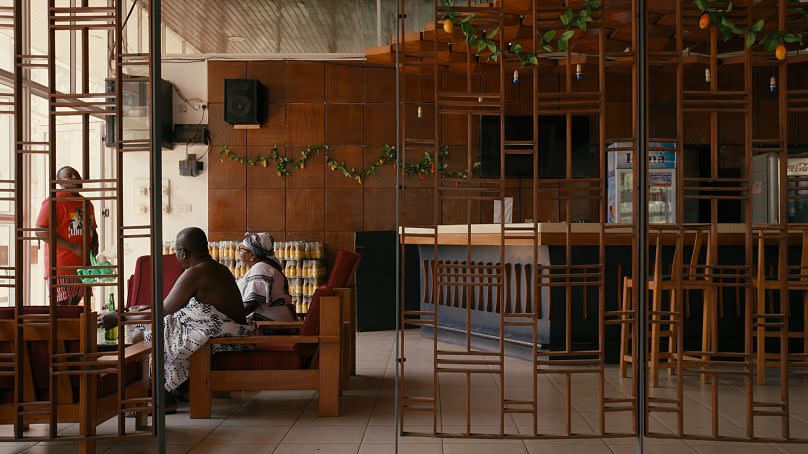
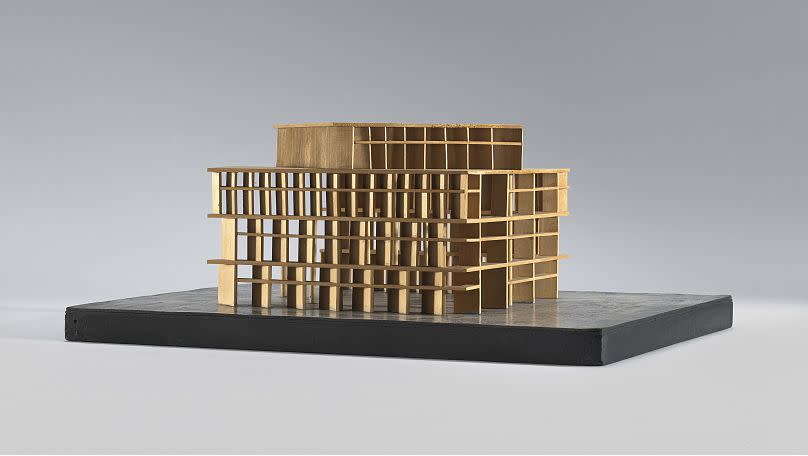
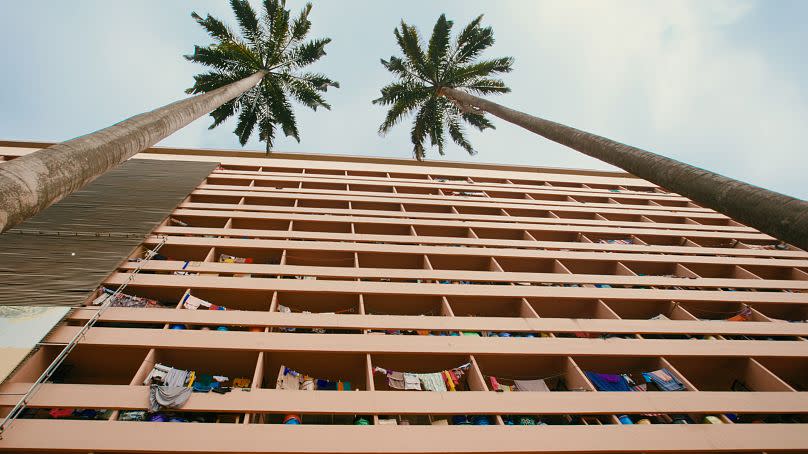
'Tropical Modernism' runs until 22 September 2024 at London's V&A.


